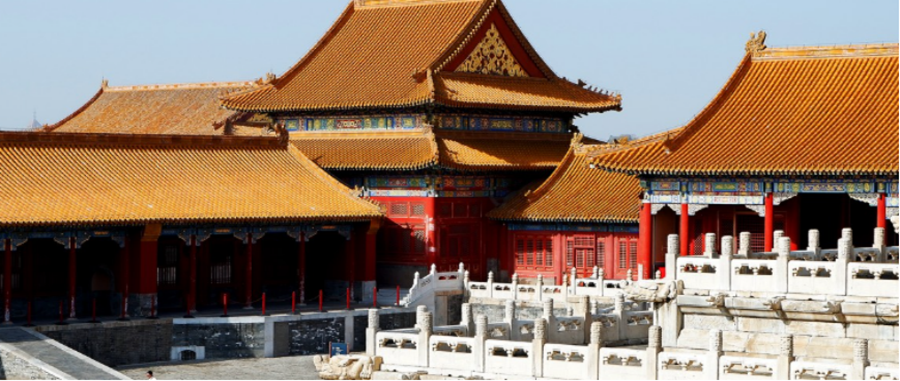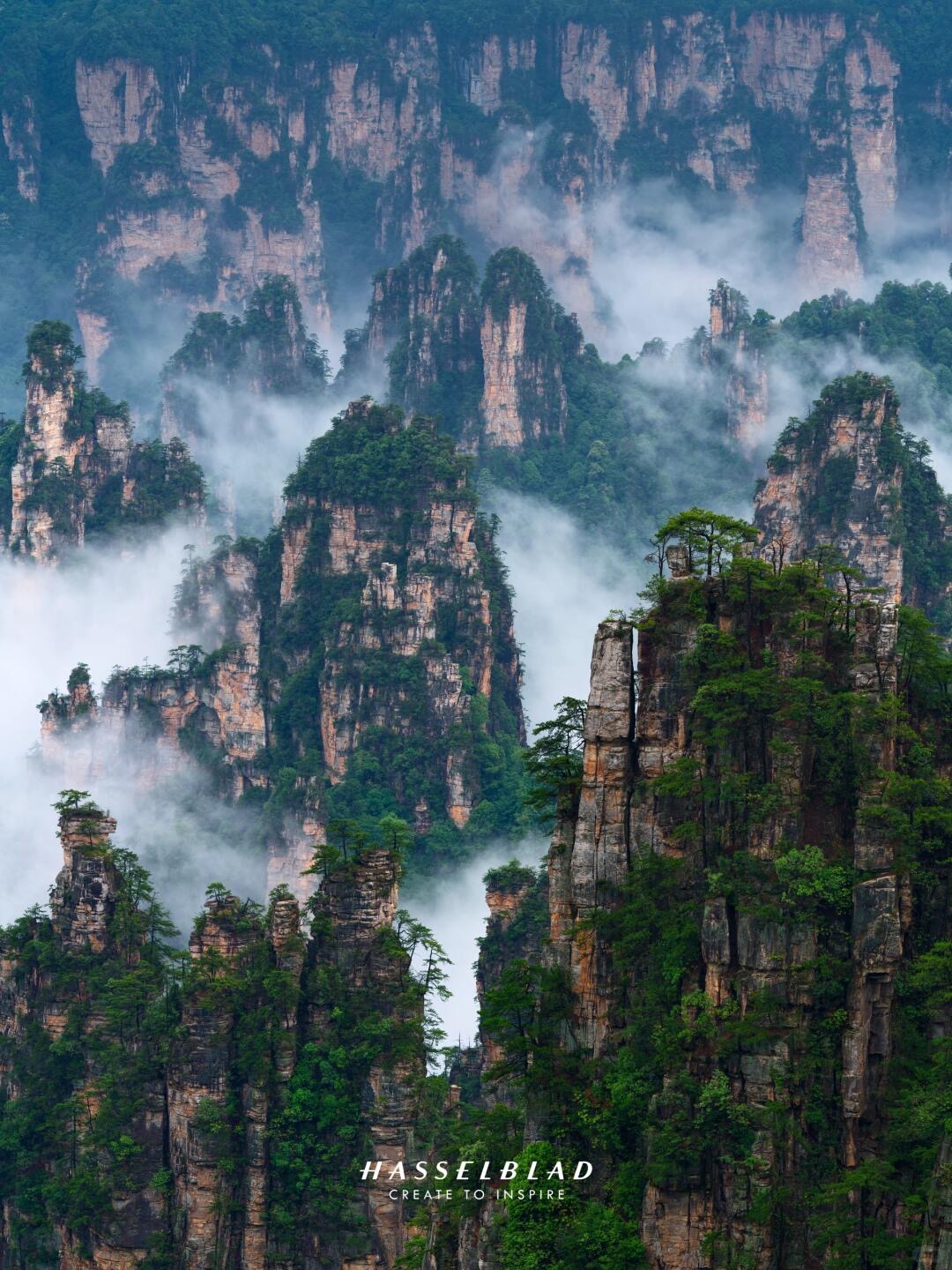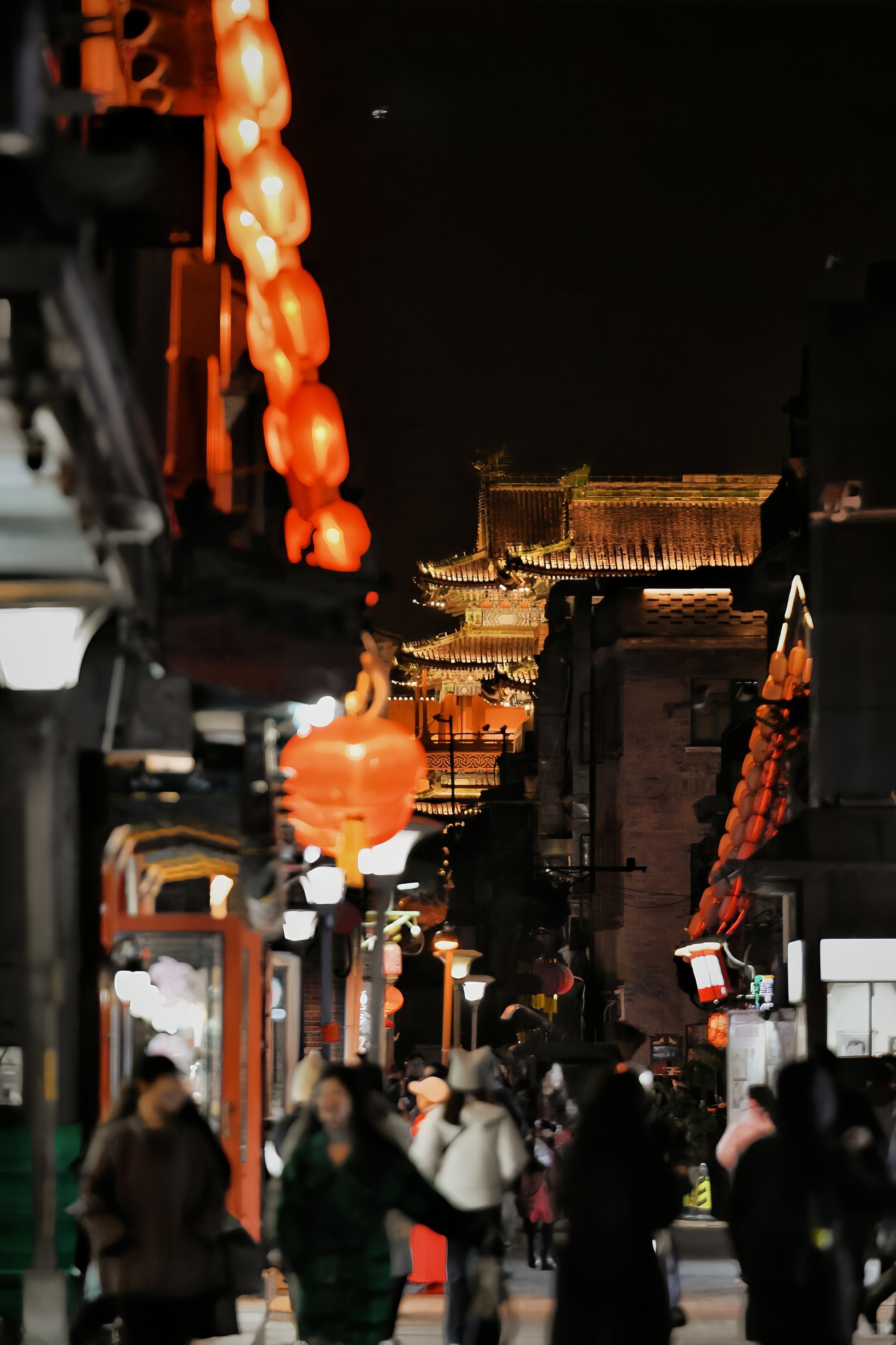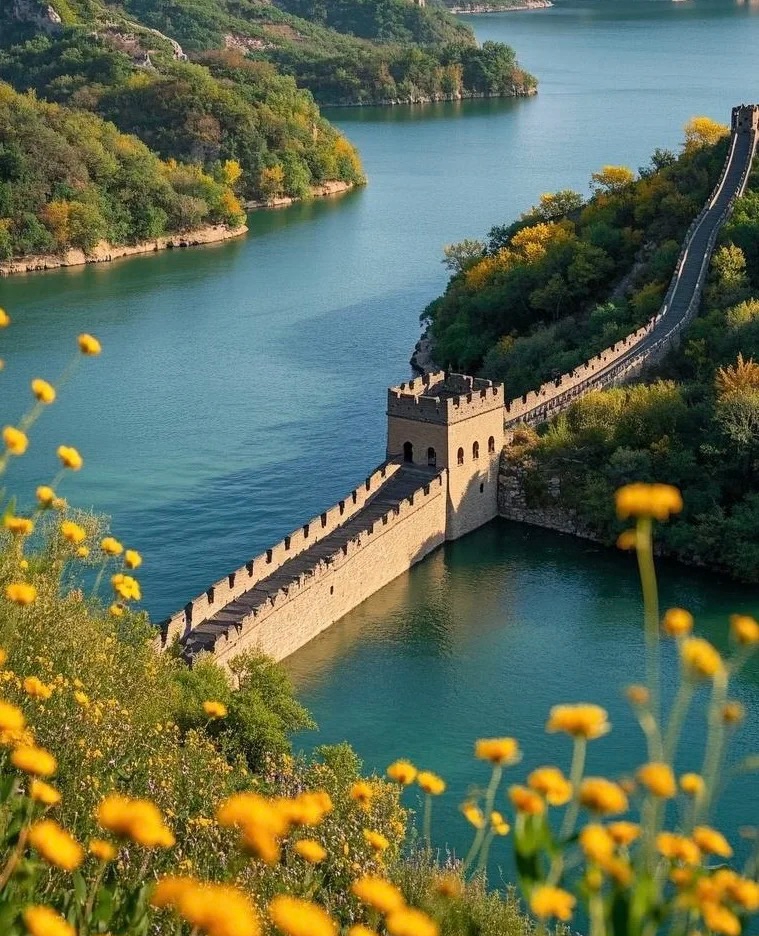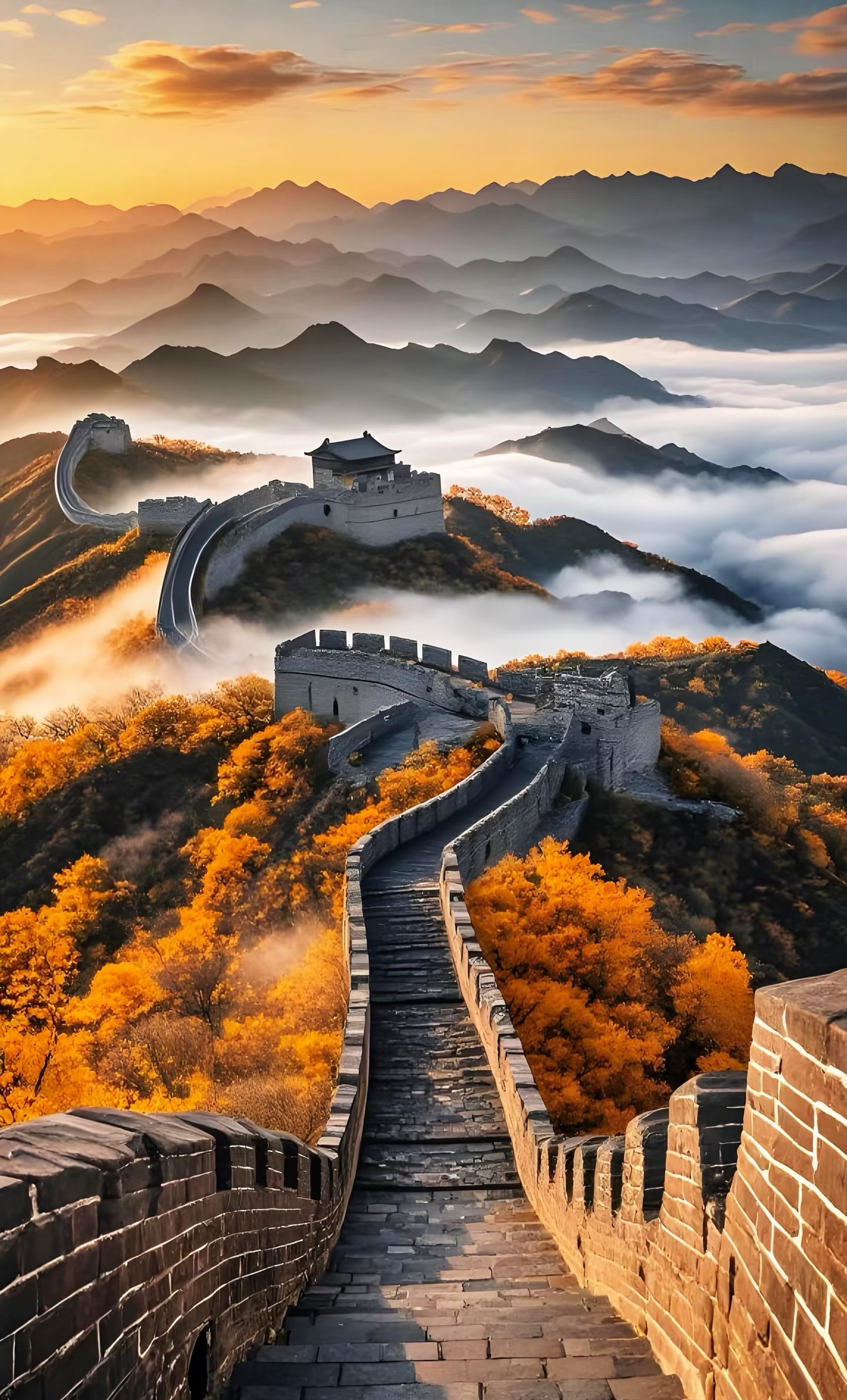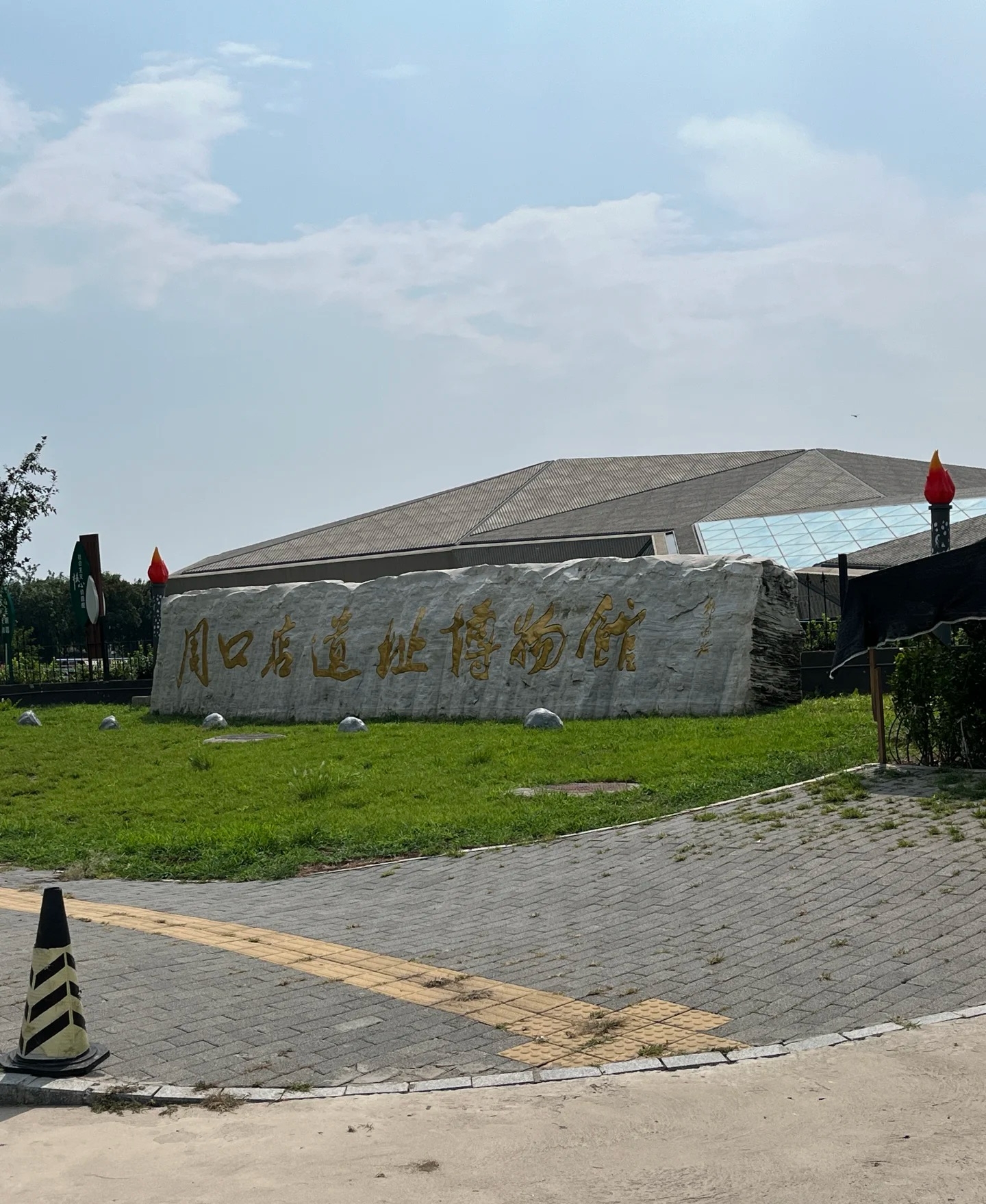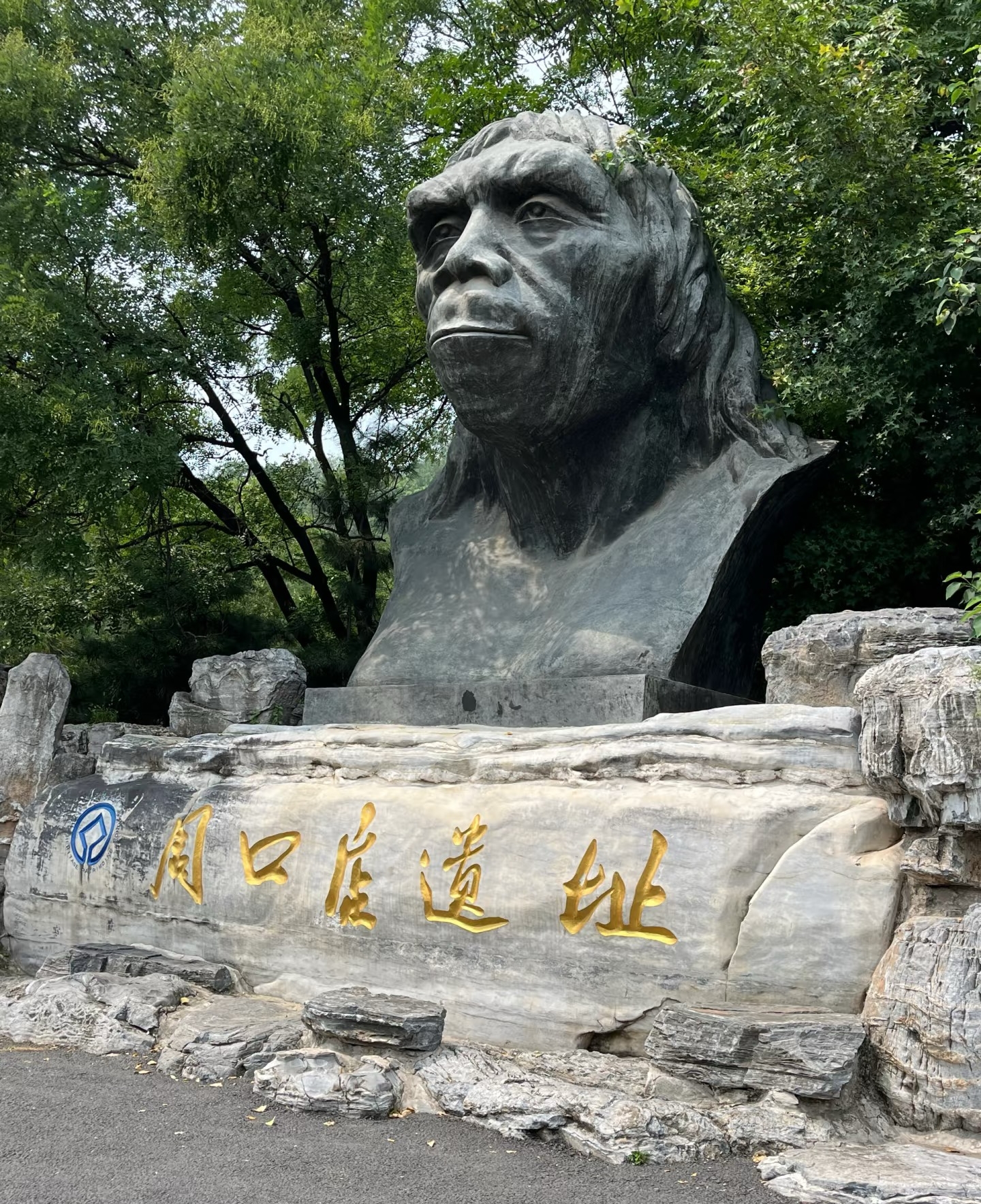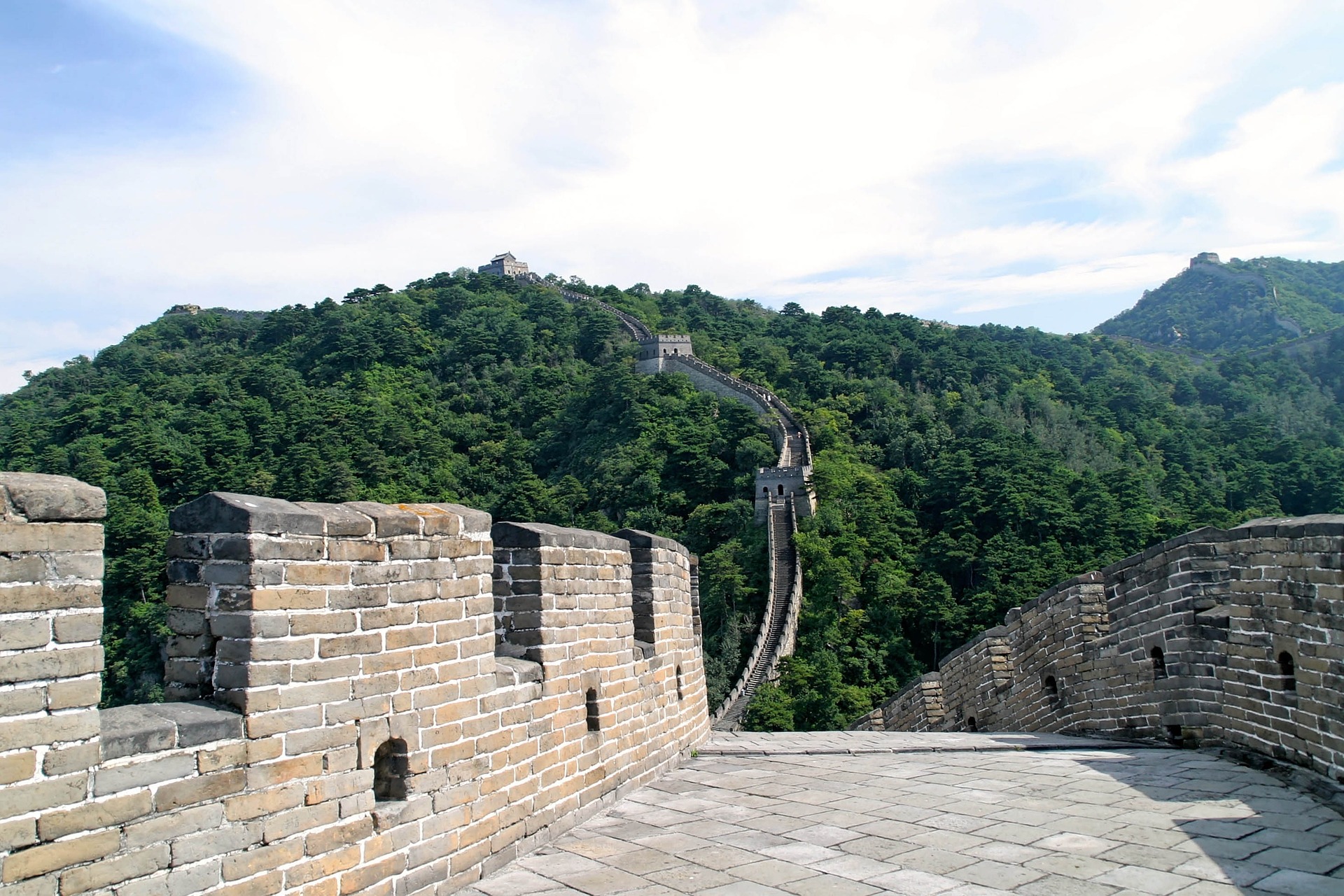


Great Wall at Mutianyu
The Mutianyu section of the Great Wall is widely considered the most beautiful and best-preserved part of the entire Great Wall of China. Located in Huairou District, approximately 70 kilometers northeast of Beijing, this section offers breathtaking mountain scenery and a less crowded experience compared to other popular sections. Built during the Ming Dynasty and fully restored in the 1980s, Mutianyu features unique architectural characteristics with 23 watchtowers spread across its length. The wall here winds along the mountain ridges, offering spectacular views of the surrounding landscape. Visitors can choose between hiking, taking a cable car, or using a toboggan for descent, making it an exciting and accessible historical site.
Information
Ticket price
Time
Location
Mutianyu Village, Huairou District, Beijing, China
View maps
More about the trip
🏔️ Why Choose Mutianyu
The Perfect Great Wall Experience: Less crowded than Badaling, fully restored, family-friendly with cable car access, and stunning mountain scenery. Features 23 watchtowers across 2.5km of accessible wall.
⏰ Best Time to Visit
- Seasons: Spring (April-June) and autumn (September-November) - mild weather and beautiful foliage
- Time of Day: Early morning (8 AM) to avoid crowds, or late afternoon for golden hour photos
- Autumn Special: October offers spectacular fall colors
🚡 Transportation Options
- Cable Car: Quick ascent to Tower 14, suitable for families and seniors
- Chairlift: Alternative route to Tower 6
- Hiking: 20-30 minute steep climb for the adventurous
- Toboggan Descent: Fun slide down (seasonal, extra fee)
🥾 Recommended Routes
Easy Route (1-2 hours): Cable car to Tower 14, walk to Tower 20
Moderate Route (2-3 hours): Tower 6 to Tower 20 via chairlift
Challenging Route (3-4 hours): Hike from entrance to Tower 23
💡 Insider Tips
- Bring layers - temperature drops with altitude
- Wear proper hiking shoes - ancient stones can be slippery
- Buy combined cable car + toboggan tickets for best value
- Pack snacks and water - limited food options on the wall
- Visit on weekdays during shoulder season for magical solitude
🎯 Must-Do Experiences
Climb to Tower 20 for panoramic views, spot wild flowers in spring, photograph the wall snaking through mountains, experience the toboggan ride down.

